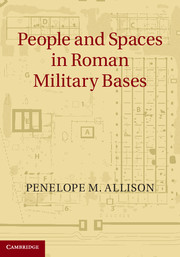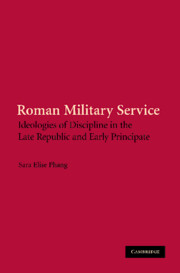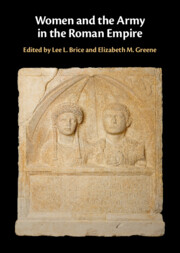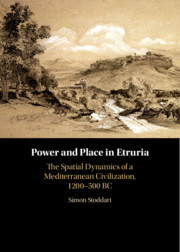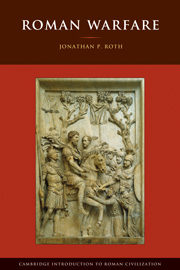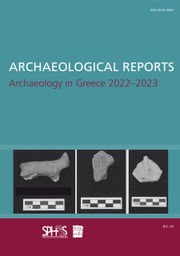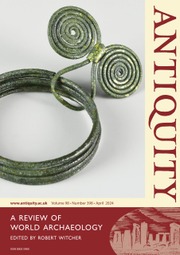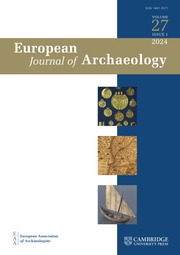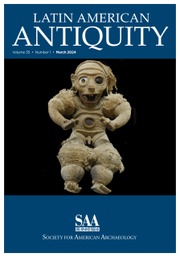People and Spaces in Roman Military Bases
This study uses artefact distribution analyses to investigate the activities that took place inside early Roman imperial military bases. Focusing especially on non-combat activities, it explores the lives of families and other support personnel who are widely assumed to have inhabited civilian settlements outside the fortification walls. Spatial analyses, in GIS-type environments, are used to develop fresh perspectives on the range of people who lived within the walls of these military establishments, the various industrial, commercial, domestic and leisure activities in which they and combat personnel were involved, and the socio-spatial organisation of these activities and these establishments. The book includes examples of both legionary fortresses and auxiliary forts from the German provinces to demonstrate that more material-cultural approaches to the artefact assemblages from these sites give greater insights into how these military communities operated and demonstrate the problems of ascribing functions to buildings without investigating the full material record.
- Offers fresh perspectives on the nature and organisation of Roman military communities
- Provides new evidence on the place of women and families in Roman military spaces
- Presents new approaches to investigating socio-spatial practices using GIS-type environments for inter- and intra-site artefact pattern analyses
Reviews & endorsements
"… this is a very important study which provides considerable evidence for the ways in which all members of military communities inhabited spaces of forts and fortresses."
Andrew Gardner, Antiquity
Product details
December 2013Hardback
9781107039360
507 pages
252 × 181 × 27 mm
1.15kg
167 b/w illus. 23 tables
Available
Table of Contents
- 1. Introduction
- 2. Approaching Roman military communities
- 3. Studying Roman artefacts and social practice
- 4. Site selection and data processing
- 5. Categorising Roman artefacts
- 6. Vetera I
- 7. Rottweil
- 8. Oberstimm
- 9. Hesselbach
- 10. Ellingen
- 11. Inter-site spatial distribution of activities and use of space
- 12. Status and gender identity – the roles and impact of women and children
- 13. Concluding comments
- Appendices: A. Accessing and use of data and the data and the distribution maps
- B. Vetera I: preparation and assessment of the data
- C. Rottweil Forts I and II: preparation and assessment of the data
- D. Oberstimm: preparation and assessment of the data
- E. Hesselbach: preparation and assessment of the data
- F. Ellingen: preparation and assessment of the data.

